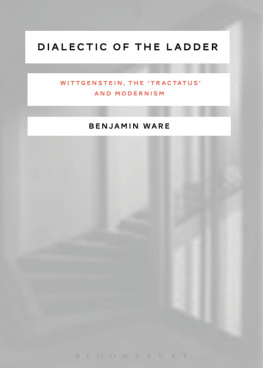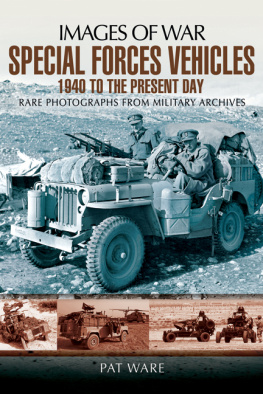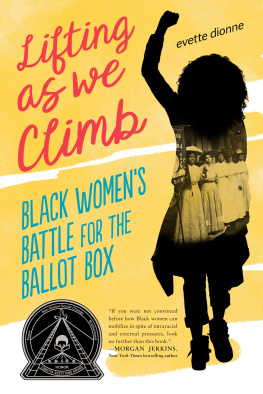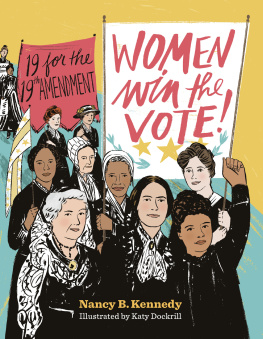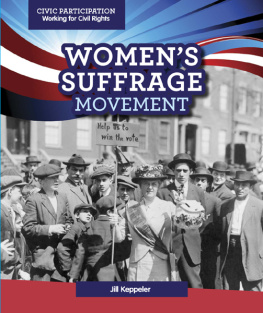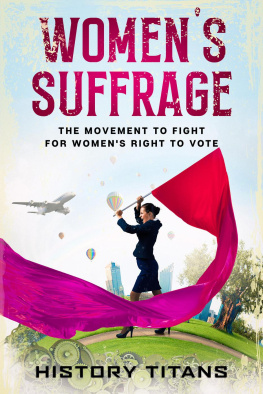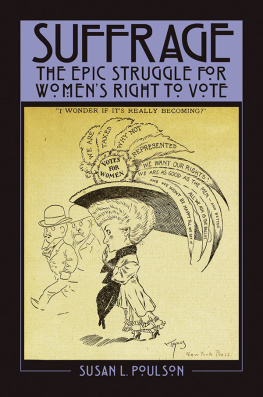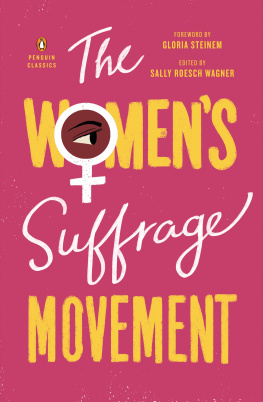Ware - Why They Marched
Here you can read online Ware - Why They Marched full text of the book (entire story) in english for free. Download pdf and epub, get meaning, cover and reviews about this ebook. City: Solon;Ohio, year: 2019, publisher: Harvard University Press;Findaway World, genre: Romance novel. Description of the work, (preface) as well as reviews are available. Best literature library LitArk.com created for fans of good reading and offers a wide selection of genres:
Romance novel
Science fiction
Adventure
Detective
Science
History
Home and family
Prose
Art
Politics
Computer
Non-fiction
Religion
Business
Children
Humor
Choose a favorite category and find really read worthwhile books. Enjoy immersion in the world of imagination, feel the emotions of the characters or learn something new for yourself, make an fascinating discovery.

- Book:Why They Marched
- Author:
- Publisher:Harvard University Press;Findaway World
- Genre:
- Year:2019
- City:Solon;Ohio
- Rating:3 / 5
- Favourites:Add to favourites
- Your mark:
- 60
- 1
- 2
- 3
- 4
- 5
Why They Marched: summary, description and annotation
We offer to read an annotation, description, summary or preface (depends on what the author of the book "Why They Marched" wrote himself). If you haven't found the necessary information about the book — write in the comments, we will try to find it.
Ware: author's other books
Who wrote Why They Marched? Find out the surname, the name of the author of the book and a list of all author's works by series.
Why They Marched — read online for free the complete book (whole text) full work
Below is the text of the book, divided by pages. System saving the place of the last page read, allows you to conveniently read the book "Why They Marched" online for free, without having to search again every time where you left off. Put a bookmark, and you can go to the page where you finished reading at any time.
Font size:
Interval:
Bookmark:
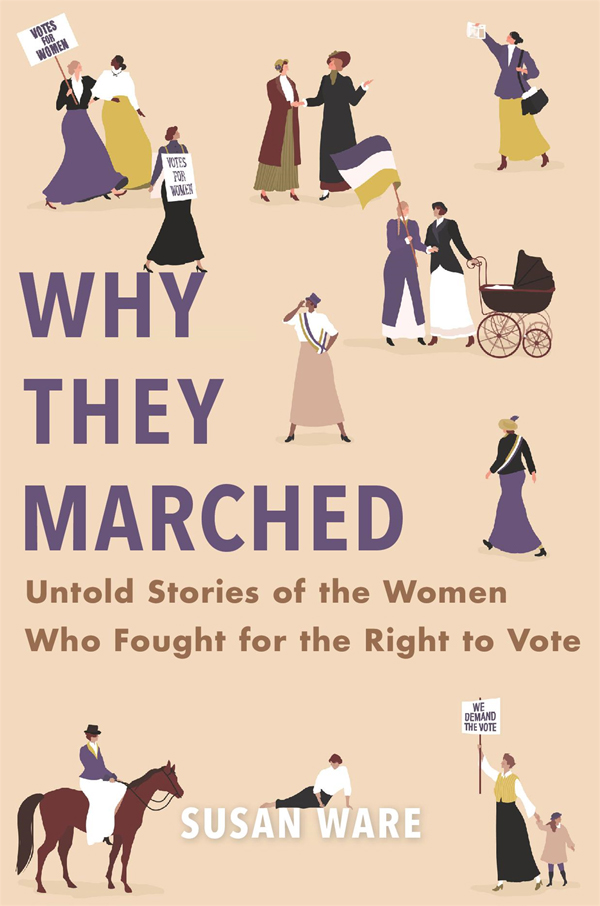
WHY THEYMARCHED
Untold Stories of the Women Who Fought for the Right to Vote
SUSAN WARE

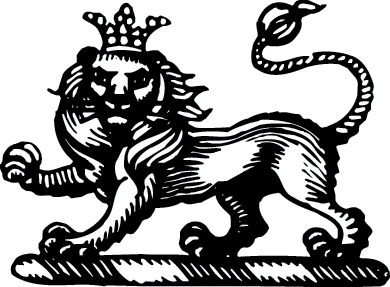
The Belknap Press of
Harvard University Press
CAMBRIDGE, MASSACHUSETTS
LONDON, ENGLAND
2019
Copyright 2019 by the President and Fellows of Harvard College
All rights reserved
Jacket illustration by Alice Mollon
978-0-674-98668-8 (alk. paper)
978-0-674-24080-3 (EPUB)
978-0-674-24081-0 (MOBI)
978-0-674-24079-7 (PDF)
THE LIBRARY OF CONGRESS HAS CATALOGED THE PRINTED EDITION AS FOLLOWS:
Names: Ware, Susan, 1950 author.
Title: Why they marched : untold stories of the women who fought for the right to vote / Susan Ware.
Description: Cambridge, Massachusetts : The Belknap Press of Harvard University Press, 2019. | Includes bibliographical references and index.
Identifiers: LCCN 2018039670
Subjects: LCSH: WomenSuffrageUnited StatesHistory. | SuffragistsUnited StatesHistory.
Classification: LCC JK1896 .W37 2019 | DDC 324.6/23092273dc23 LC record available at https://lccn.loc.gov/2018039670
To Anne Firor Scott, born eight months after the ratification of the Nineteenth Amendment and an inspiration to womens historians ever since
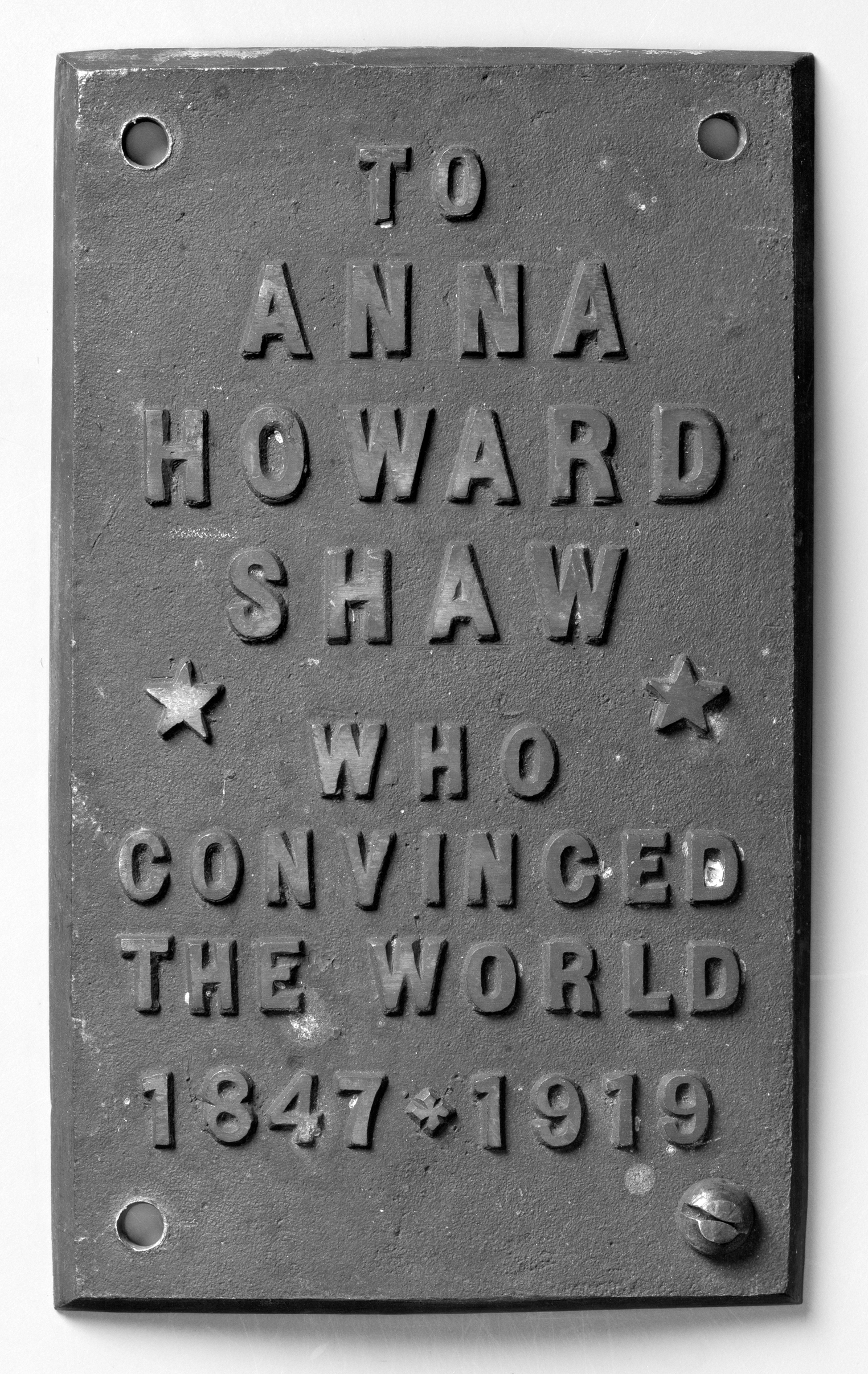
Tree plaque from Carrie Chapman Catts suffrage forest. Courtesy of Schlesinger Library, Radcliffe Institute, Harvard University.
IN THE SPRING OF 1919, just as suffrage leaders were facing the final, arduous process of winning ratification of the Nineteenth Amendment, Carrie Chapman Catt and her longtime companion and fellow suffragist Mary Garrett Hay bought a farm in Westchester county called Juniper Ledge. The estate in Briarcliff Manor, which featured a twenty-room house on seventeen acres of land, was an easy ninety-minute train ride from New York City. Hay disliked being so far away from the city, but Catt, who had served as president of the National American Woman Suffrage Association (NAWSA) since 1915, relished life in the country when she could tear herself away from suffrage politics: I am in love with the place. It is isolated, quiet, restful, and gives promise of fun. There isnt much of any level land; God designed it for tired nerves not profit. Soon she came up with a creative use for the hilly terrain.
Suffragists had a deep sense of history. They started collecting documents to chronicle their decades-long movement well before its ultimate conclusion was assured. In many ways they were our first womens historians. Juniper Ledge testified to that historical sense. Soon after moving in, Catt commissioned a series of twelve metal tree plaques to memorialize the giants of the suffrage movement. Later that summer, she carefully installed them throughout the property. Taking a walk in the woods with Carrie Chapman Catt was like taking a course in suffrage history.
The placement of the plaques reflected both the lay of the land and Catts estimation of her favorite foremothers. Starting out from a cow pasture, the path followed a lane towards a high rock above a small brook, which Catt conceived of as an altar. Right behind the altar were four majestic trees, with the one in the middle being especially noble. Catt chose that tree for the Susan B. Anthony plaque, which said simply To Susan B. AnthonyWho Led the Way, 18201906. To her immediate right went the plaque for Anna Howard ShawWho Convinced the World, 18471919. This plaque must have been especially poignant, since Shaw had just died that summer, exhausted by her wartime service on top of her years of suffrage activism. To Anthonys left was the plaque for her dear friend and lifelong collaborator, Elizabeth Cady StantonThe Fearless Defender of Her Sex, 18151902. Rounding out the altar was a plaque to Lillie Deveraux BlakeBrave Champion of New York Women, 18351913. Not as well known as the trilogy of Anthony, Stanton, and Shaw, Lillie Deveraux Blake, the longtime president of the New York State Woman Suffrage Association, still earned pride of place in Catts suffrage ramble.
After leaving the altar and descending towards the brook, visitors next encountered plaques recognizing the international dimensions of the suffrage movement. First was Dr. Aletta Jacobs, Who led the women of Holland to Political Liberty. Across the brook and back into the cow pasture was a parallel inscription to Millicent Garrett Fawcett, Who led British women to Political Liberty, followed by Frau Minna Cauer, Who led the way for Political Freedom for German Women. Those three leaders, with whom Catt had often collaborated during her years of international work, reminded those meandering in the woods that the suffrage struggle truly was a worldwide phenomenon.
Then it was back to suffragists who had toiled on American soil, starting with the abolitionist Abby Kelley, Who Inspired Women to Break Their Silence. She was joined by two other towering figures of suffrage history: Lucy Stone, Who Blazed a Trail, and Lucretia Mott, Who said Truth for Authority not Authority for Truth. As part of this tableau, Catt chose for Angelina and Sarah Grimk twin trees handsome and tall which were joined at the base but separated into individual trunks higher up. The plaque for the Grimk sisters read, Who Refused Taxation without Representation, a somewhat odd choice given that they were best known for their linkage of antislavery activism and womens rights. At least they were part of the pantheon.
One final spot was chosen with elaborate care. Behind the altar, a small group of pine trees formed a semi-circle. Here, on her own, Catt placed temperance leader Frances Willard, The Woman of Widest Vision. Befitting someone whose motto was Do Everything, the plaque saluted the breadth of Willards vision, which linked temperance to a range of issues, including suffrage. It also gave another nod to the international dimensions of womens activism by recognizing Willards leadership of the World Womans Christian Temperance Union.
Catts carefully curated mini-tour of suffrage history was not quite finished. A final plaque, commissioned by the recently formed League of Women Voters of New York City and added in 1922, celebrated none other than Catt herself. The inscription was in Latindux femina facti, which roughly translates as a woman who was leader of the exploit. No documentation exists to show where this plaque was placedpresumably not on the altar, but maybe across the brook with Abby Kelley or Lucy Stone? Or maybe Catt tucked it away off the beaten path, hesitant to take her place alongside the other suffrage pioneers. Truth be told, she deserved to be on the altar alongside Anthony, Stanton, and Shaw. Today, her plaque and eight others reside in the archives of the Arthur and Elizabeth Schlesinger Library on the History of Women in America at Radcliffe.
There are many ways to tell the history of woman suffrage, but I want to follow Carrie Chapman Catts lead and tell it through people, places, and objects. Too often, the necessity to cover the relentless chronological sweep from Seneca Falls in 1848 to the ratification of the Nineteenth Amendment in 1920 flattens the story, rendering it lifeless. Biography makes it come alive. To bring the story of the American woman suffrage movement to life, I have organized the narrative as a prosopography featuring nineteen discrete but overlapping biographical stories. This approach allows me to recapture the breadth and spirit of the movement through individual lives while providing an overview of the larger suffrage story.
Font size:
Interval:
Bookmark:
Similar books «Why They Marched»
Look at similar books to Why They Marched. We have selected literature similar in name and meaning in the hope of providing readers with more options to find new, interesting, not yet read works.
Discussion, reviews of the book Why They Marched and just readers' own opinions. Leave your comments, write what you think about the work, its meaning or the main characters. Specify what exactly you liked and what you didn't like, and why you think so.

